Product information
Home » Product information
Home » Product information
By covering with Silage Safe, you can work lighter and achieve the best results with your silage feed in a simple way. Below you can see how to cover with Silage Safe.
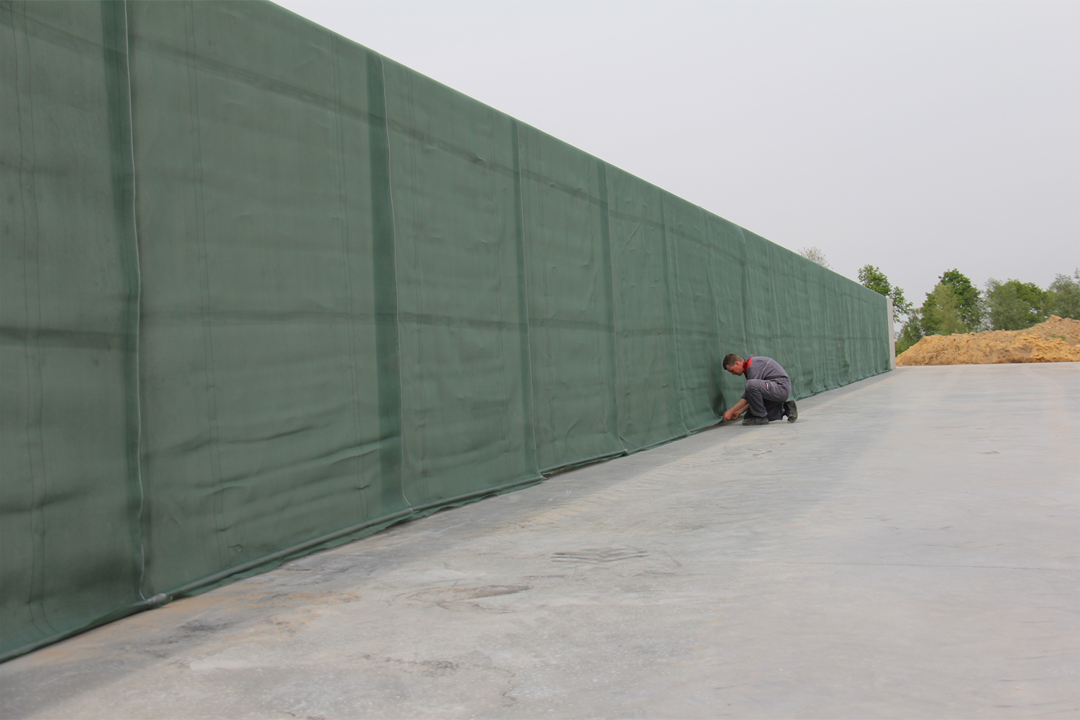
First, place the Silage Safe cloths over both sides of your silo.
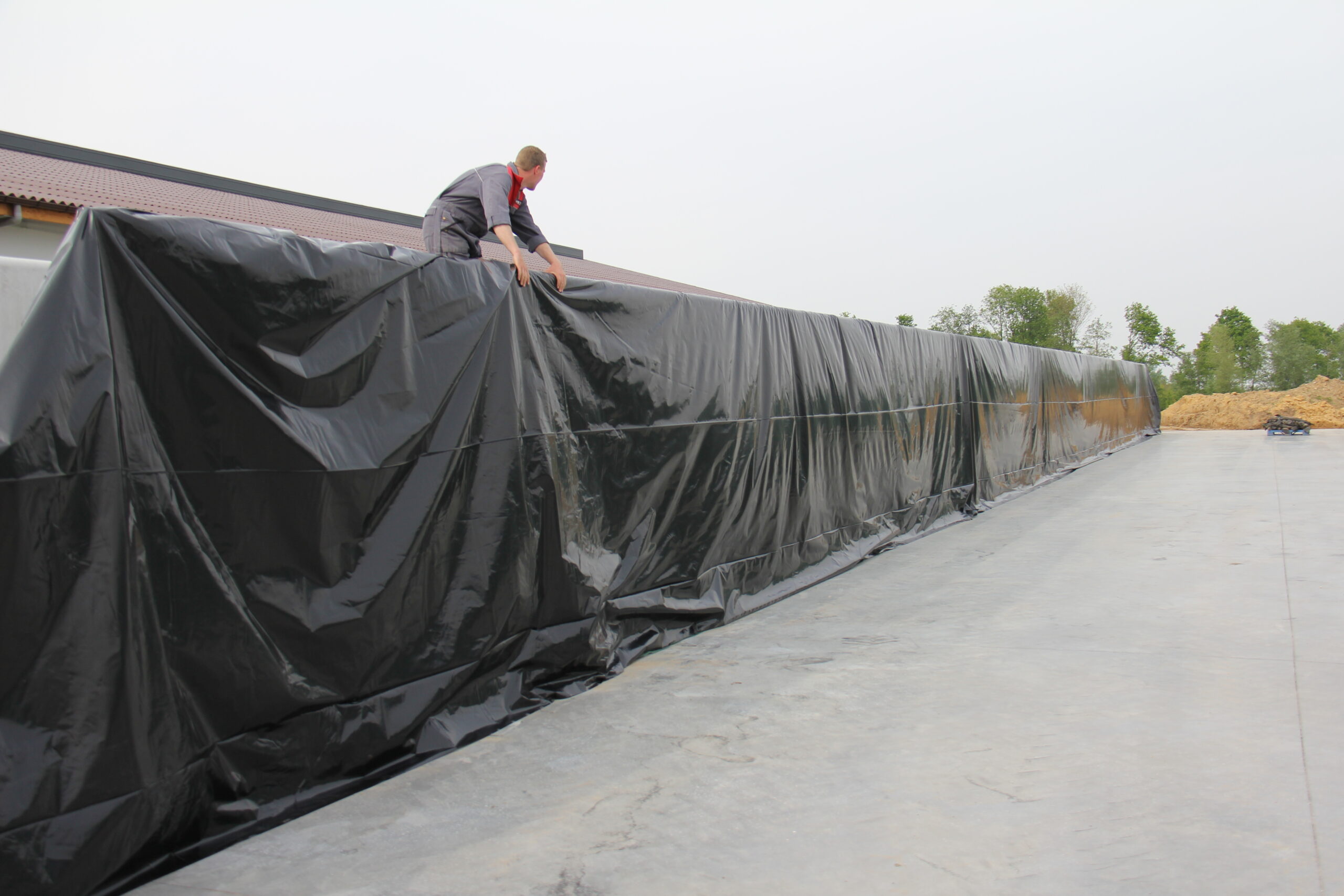
Next, lay the plastic over both silo walls.

Compact well and round for optimal tension and no room for oxygen over the entire surface.
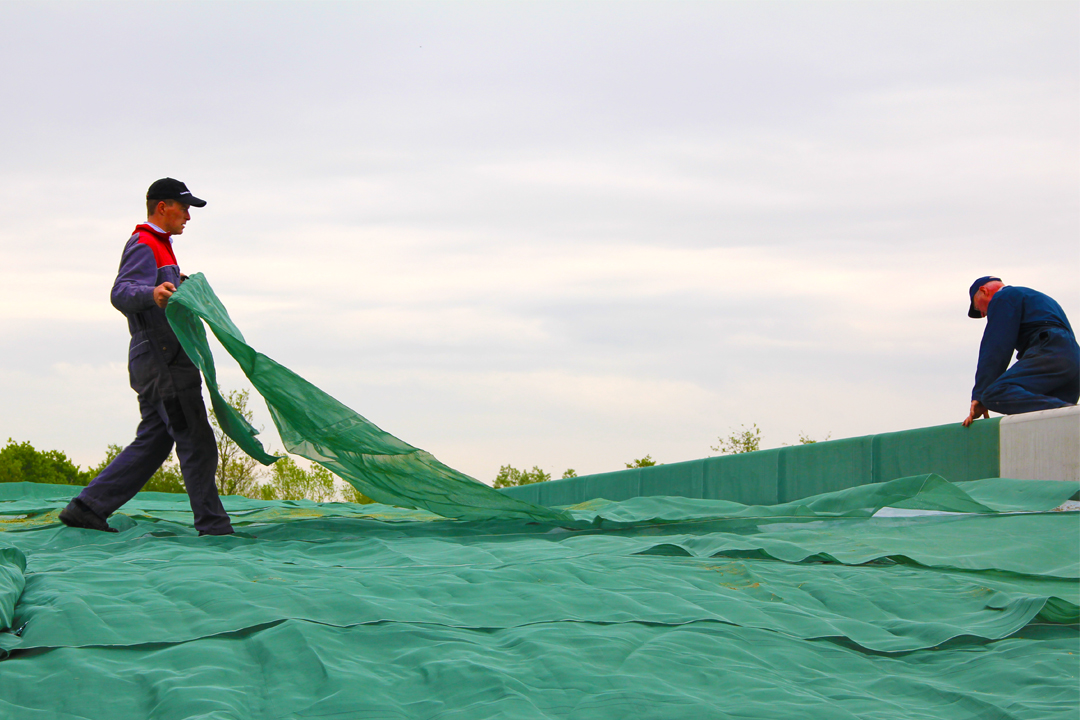
Pull the plastic over the roughage and then the Silage Safe cloths.
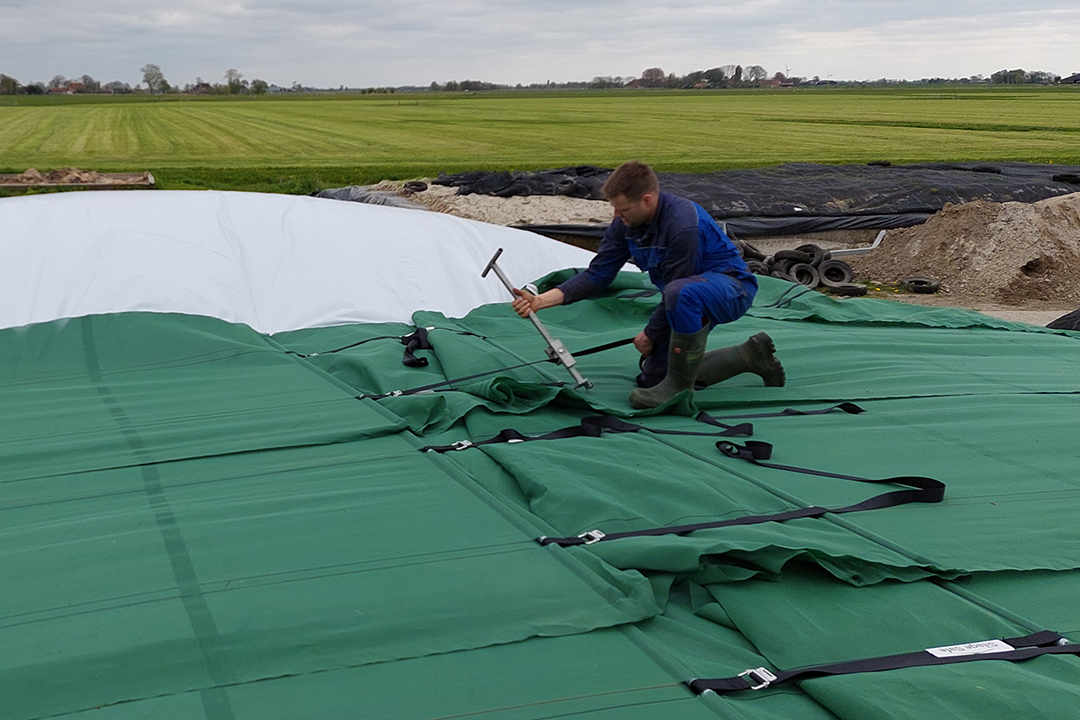
Connect the straps with the buckles. If necessary, pull the cloths extra tight with the tensioner.
How it works? Watch it in the video.
The principle of the Silage Safe covering system is simple. Unlike other covering systems, you do not need heavy machinery to operate it. The materials used are of the best quality so that the entire system has a lifespan of at least ten years under normal conditions.
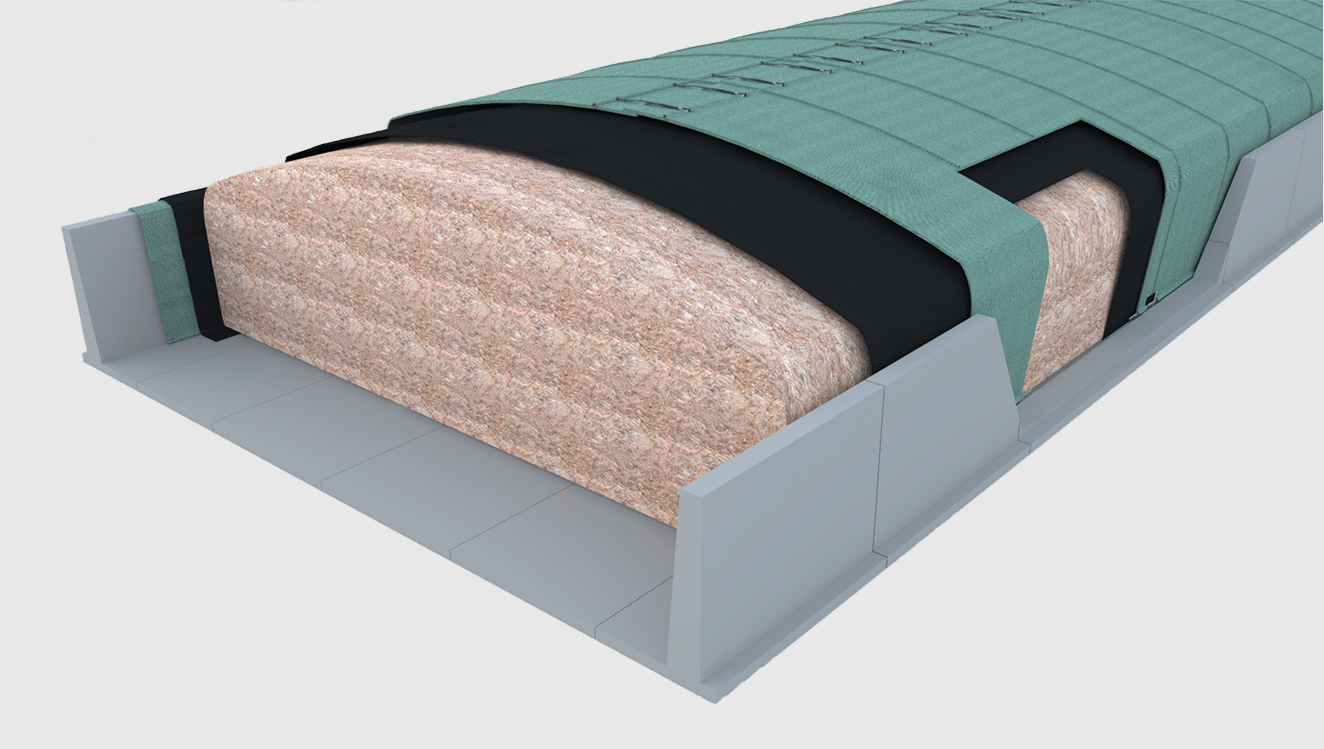
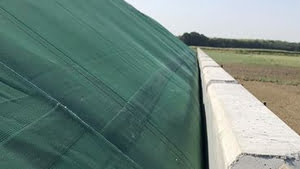
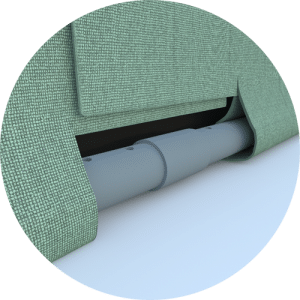
The perforated PVC pipe in the plastic cloth serves as a drain for draining rainwater.
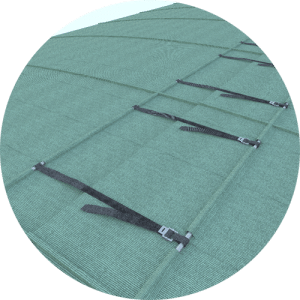
By pulling the cloths together with the straps, optimal tension is created on your roughage.
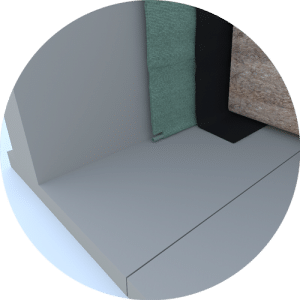
The plastic cloth is clamped between the silo wall, the agricultural plastic, and roughage.
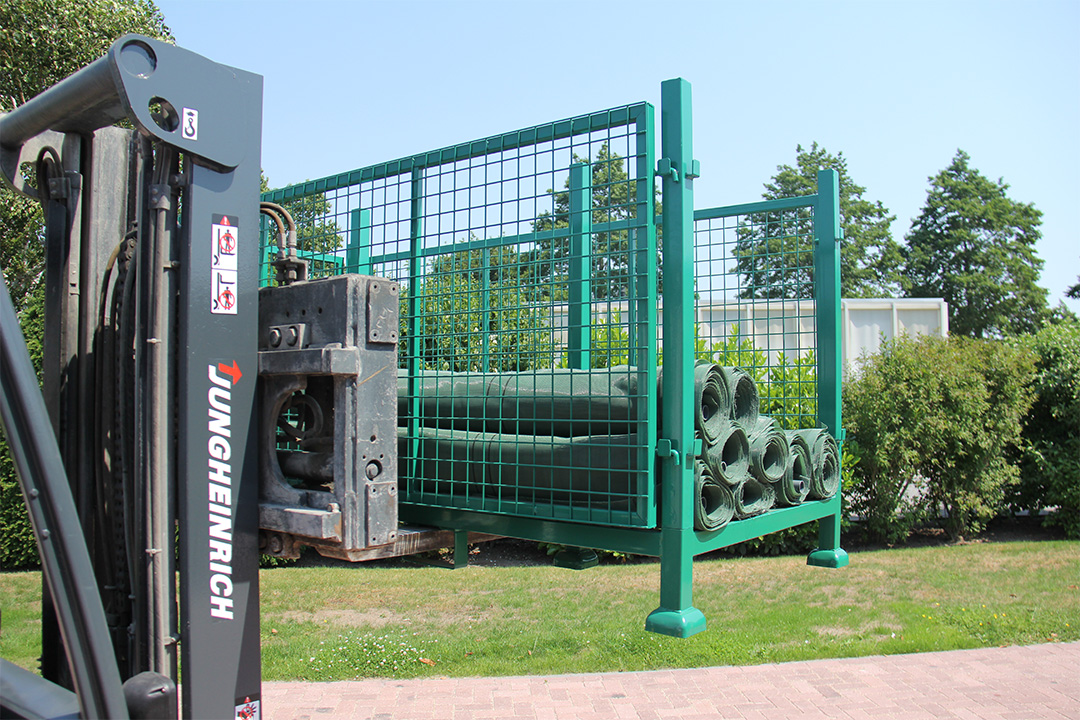
With the covering system, you can order a storage rack.
This has several advantages:
The Silage Safe covering system is delivered to you via one of our reliable carriers. The cloths are already prepared with the straps, buckles, and the tubes incorporated. All you have to do yourself is lay out the cloths and if necessary adjust the tubes to the correct silage height. If you want, you can already provide your expected silo height in advance, and we will already insert the tubes into the correct seam. We provide a clear manual that takes you step by step through the process. If you still have questions, you can always contact your contact person.
For Ireland and the United Kingdom the delivery time of a covering system is approximately two weeks. With the first cut and the corn harvest, this may take a little longer. For other countries you can request the transport time from us.
No, the silo walls are necessary for the use of Silage Safe. This is due to the principle: the woven cloths are between the roughage and the silo walls, sealing the roughage 100% airtight. Due to the drainage pipes in the lower seams and the pressure of the roughage against the walls, the cloths become wedged, allowing you to pull the cloths together with a lot of tension.
The covering system is suitable for all types of silage: grass silage, corn, brewers' grains, etc. It is important that the silage is rounded. With feed types like brewers' grains, it is not possible to drive on it, but you can solve this by evenly distributing it with a rake. If the curvature of your clamp is good, you can cover it airtight with Silage Safe.
Silage Safe helps farmers to cover their roughage in the best possible way. With air- and watertight covering, the feed values are preserved. By lightening the workload and reducing feed losses, you save money.
To provide the best experiences, we and our partners use technologies like cookies to store and/or access device information. Consenting to these technologies will allow us and our partners to process personal data such as browsing behavior or unique IDs on this site and show (non-) personalized ads. Not consenting or withdrawing consent, may adversely affect certain features and functions.
Click below to consent to the above or make granular choices. Your choices will be applied to this site only. You can change your settings at any time, including withdrawing your consent, by using the toggles on the Cookie Policy, or by clicking on the manage consent button at the bottom of the screen.